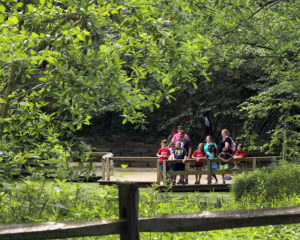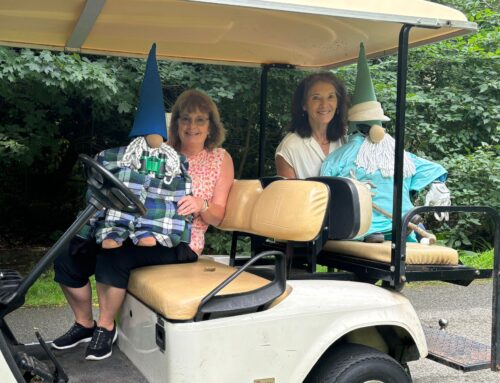The COVID-19 pandemic has been at the center of so many communications on television, in print, and online. Which topics are not getting the same time and attention as before the pandemic? It turns out that “nature” is one of the subjects disappearing from our media.
The Nature Conservancy (TNC) and Onalytica recently released a report that analyzed nature-related topics appearing on social media before and during the pandemic. Although society is being impacted with an increasing number of extreme environmental challenges, some of the key findings presented in the report show that:
- Conversations on “nature” were down by 16% in Q1 2021, compared with Q1 2020;
- Although social media has been filled with stories about leaving the house to engage in outdoor activities, the focus on nature decreased during this time.
- Less than 1% of “COVID” conversations were linked to the destruction of nature as its cause;
- Nature featured in only 2% of social media conversations around “economic recovery”.
The linkages between nature, health, and the economy are known but not shared enough within our communities. World leaders have several major summits this year, from the United Nations Food Systems Summit to the United Nations Climate Change Conference (COP 26). These conversations are taking place on the global stage. But we need to connect with classrooms, neighbors, and within our social and professional circles to increase and amplify the conversations around nature. Our local conversations will lead to the changes we want to see in our environment; it starts with us and our communities.
Dr. Katharine Hayhoe, Chief Scientist for The Nature Conservancy and Co-Director of the Climate Science Center at Texas Tech University, gave a TED talk titled The most important thing you can do to fight climate change: talk about it. In her talk, she shares that it is important to remind people that they already care about a changing climate through their shared values like family, community, and religion.
A recent article by Stanford University notes that a spokesperson like Sir David Attenborough is viewed as a credible science communicator and has been a part of flagship documentaries about nature and the environment, especially the climate emergency. Yet there is a need for all of us to be speaking and educating all audiences, especially our youth, as investments in communication will bring us to engagement and solutions to benefit our planet.
How can we talk about nature and climate science with others? Dr. Hayhoe’s TED Talk is a great place for ideas, and she is co-featured with an Antarctic marine biologist in an article containing advice on talking about climate change. The Nature Conservancy has a free guide for those who pledge to talk about climate, there’s an article in Scientific American on how to talk effectively about climate change, and you may want to check out Harriet Shugarman’s book, How to Talk to Your Kids About Climate Change: Turning Angst into Action. Importantly, as an article in the journal Environmental Education Research states, we need to reimagine, recreate, and restore environmental education.
The Nature Conservancy issued a press release in 2021, Conversation counts: How we forgot nature and its crucial role in helping solve global challenges, on its website regarding the report , which is no longer available. However, you can still download the full report from Onalytica’s site.







